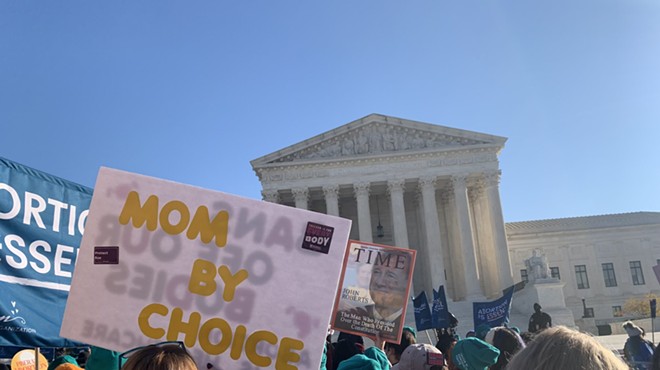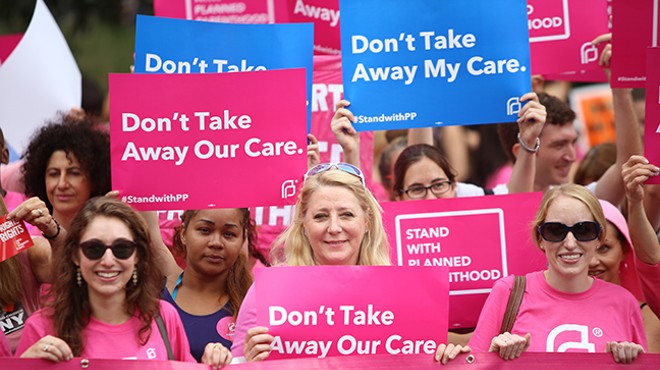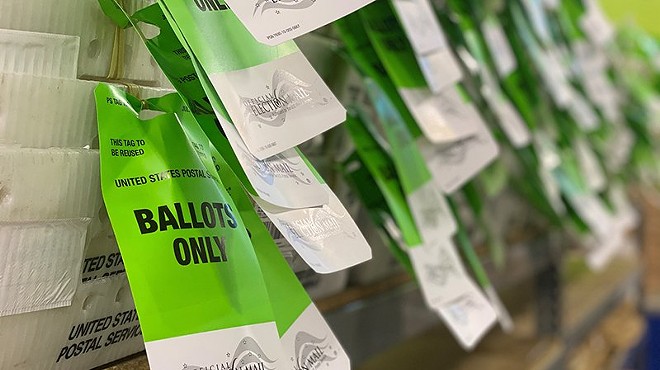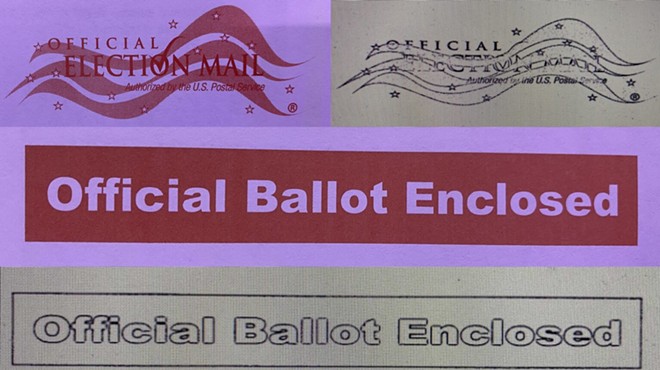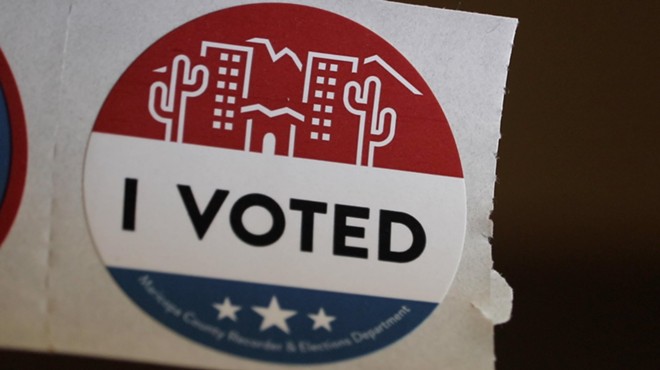Thursday, August 10, 2017
The Economic and Educational Inequity of Results-Based Funding
We have a fascinating new document out of the Arizona legislature's Joint Legislative Budget Committee. It's a projection of which schools will get results-based funding this year. No surprise here. As predicted, schools with higher income students make out like bandits, but now it's been confirmed. The numbers are only projections, since they're based on 2016 data and the money will be disbursed based on the 2017 AzMERIT test scores, but since most schools' scores don't change much relative to other schools, the projection is likely to be pretty accurate.
About 17 percent of schools will get the results-based funding. Here's a quick breakdown.
• 114 district schools with higher income students — fewer than 60% on free/reduced lunch — will get results-based funding.
• 61 district schools with lower income students — more than 60% on free/reduced lunch — will get results-based funding.
• 73 charter schools with higher income students — fewer than 60% on free/reduced lunch — will get results-based funding.
• 16 charter schools with lower income students — more than 60% on free/reduced lunch — will get results-based funding.
To put those numbers in perspective, only 35 percent of Arizona's public schools are in the higher income category, yet they make up 65 percent of the schools getting the funding.
The numbers become even more dramatic when you look at the number of students in public schools getting the money: 72 percent of the students are in higher income schools, 28 percent are in lower income schools.
The disparity is even greater with charter schools. 82 percent of the schools are higher income while 18 percent are lower income. In terms of the number of students in those schools, 88 percent are in higher income schools, 12 percent are in lower income schools.
The clear takeaway is, students from high income families will be the major beneficiaries of results-based funding, which gives teachers a big salary boost — from $2,000 to $4,000 a year — and still leaves lots of money to buy educational extras other schools can't afford. And that's only Part One of the educational inequity bad news. Part Two is, the first year does the best job of getting money to the lower income schools. The next year and going forward, the disparity will be much greater.
There's far more that can be gleaned from this data, but this set of numbers gives the big picture. Just one more bit of information, and I'll call it a day. Only nine of the state's districts have six or more school on the high income list, and they're all in the most economically advantaged areas of the state: Catalina Foothills, Chandler, Deer Valley, Gilbert, Kyrene, Mesa, Paradise Valley, Scottsdale and Vail. Only two charter chains have a large number of schools on the high income list: BASIS with15 schools, and Great Hearts Academies with 10 schools.
About 17 percent of schools will get the results-based funding. Here's a quick breakdown.
• 114 district schools with higher income students — fewer than 60% on free/reduced lunch — will get results-based funding.
• 61 district schools with lower income students — more than 60% on free/reduced lunch — will get results-based funding.
• 73 charter schools with higher income students — fewer than 60% on free/reduced lunch — will get results-based funding.
• 16 charter schools with lower income students — more than 60% on free/reduced lunch — will get results-based funding.
To put those numbers in perspective, only 35 percent of Arizona's public schools are in the higher income category, yet they make up 65 percent of the schools getting the funding.
The numbers become even more dramatic when you look at the number of students in public schools getting the money: 72 percent of the students are in higher income schools, 28 percent are in lower income schools.
The disparity is even greater with charter schools. 82 percent of the schools are higher income while 18 percent are lower income. In terms of the number of students in those schools, 88 percent are in higher income schools, 12 percent are in lower income schools.
The clear takeaway is, students from high income families will be the major beneficiaries of results-based funding, which gives teachers a big salary boost — from $2,000 to $4,000 a year — and still leaves lots of money to buy educational extras other schools can't afford. And that's only Part One of the educational inequity bad news. Part Two is, the first year does the best job of getting money to the lower income schools. The next year and going forward, the disparity will be much greater.
There's far more that can be gleaned from this data, but this set of numbers gives the big picture. Just one more bit of information, and I'll call it a day. Only nine of the state's districts have six or more school on the high income list, and they're all in the most economically advantaged areas of the state: Catalina Foothills, Chandler, Deer Valley, Gilbert, Kyrene, Mesa, Paradise Valley, Scottsdale and Vail. Only two charter chains have a large number of schools on the high income list: BASIS with15 schools, and Great Hearts Academies with 10 schools.
Tags: Results-based funding , District schools , Charter schools






